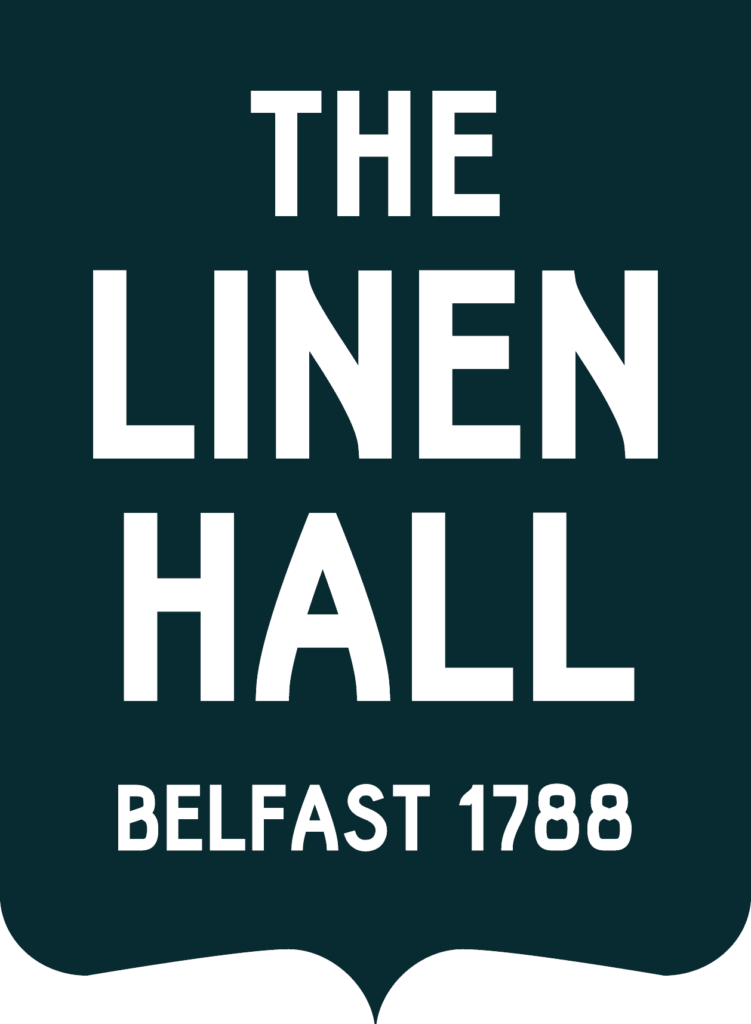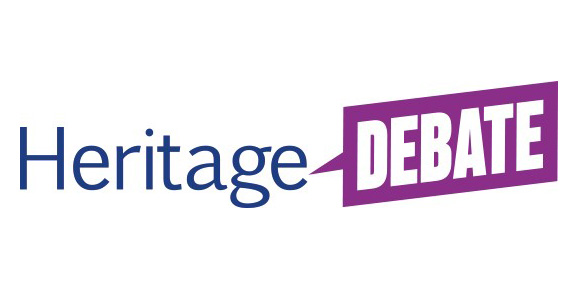Blog from Scott Edgar, Digital Content Creator at The Linen Hall, on the future of heritage.
Shared in the lead-up to The Heritage Alliance’s Heritage Debate 2022: Heritage in 20 years.

Heritage in 20 Years: what will matter most?
In the last 20 years, the heritage sector has undergone an incredible change. The pace has been swift, taking cues from sweeping societal changes and digital technology. We in the sector, have updated policies and procedures in a scramble to keep up as apps roll out, regimes change, and statues fall. We’re hanging on, well positioned to adapt quickly but twenty years from now, we could be leading the way.
I work for The Linen Hall, a historic library and archive with museum-accredited collections in Belfast. Established by the citizens of the city, its founders had enlightenment ideals; the preservation and promotion of knowledge.
Making heritage accessible.
These ideals are ones we need to continue to strive towards.
The broad themes of accessibility, openness, and inclusivity are one and the same. As a sector, we own historic buildings, archive millions of documents, and operate galleries of beautiful artworks. To what end though? These items are to be shown. The stories are to be told.
Thinking has come a long way since organisations first assumed that putting a ramp by the front door was enough to make them accessible. There is a myriad of disabilities and impairments out there but we now have the education, resources, and technology at hand to enable us to cater to all needs. Twenty years from now, I hope ease of public access to buildings will be the norm. So too, must audio and visual cues for people with visual or hearing impairments. And disabilities are not always recognisable to able-bodied people. Sensory stimulation can play a valuable role in the forward-thinking museum but so too can a quiet place to escape the overload.
How can we ensure we do our best to provide an accessible experience? Listen to disabled people and learn.
Inclusivity is a hot topic in all sectors today but not one that should be discounted in the future. Rather than asking how or why we can attract diverse groups to our organisations, we should question what barriers are in place to prevent them.
When I began working in digital technology many years ago, it was in the midst of a movement where businesses were taking steps to include more people of colour in marketing materials. That seems like such an outdated concept now, and yet, I’m not that old.
More and more diverse groups exist. They always have done. People of different races, religions, abilities, sexualities, gender and socio-economic backgrounds are there to hear your stories, see your artifacts, and enjoy the experience of your organisation. Welcome them in.
In 1788, the founders of The Linen Hall realised the value of making reading materials available and accessible to the people of Belfast. Over 200 years later, we can make more materials across a range of media available to an audience stretching around the world.
Heritage in 2042? Open doors and open minds.
About the author:
Scott Edgar (he/him) is a Digital Content Creator working in the heritage sector, finding new ways of telling old stories. Working in Northern Ireland, Scott is leading digital change at The Linen Hall, a historic library and archive with museum-accredited collections based in Belfast. In his spare time, he has spent a decade creating WartimeNI, a modern digital platform to preserve the Second World War stories of Northern Ireland.
All images in this article are from Scott Edgar.

Explore other perspectives on ‘Heritage in 20 Years: what will matter most’ over on our event page for Heritage Debate 2022.

